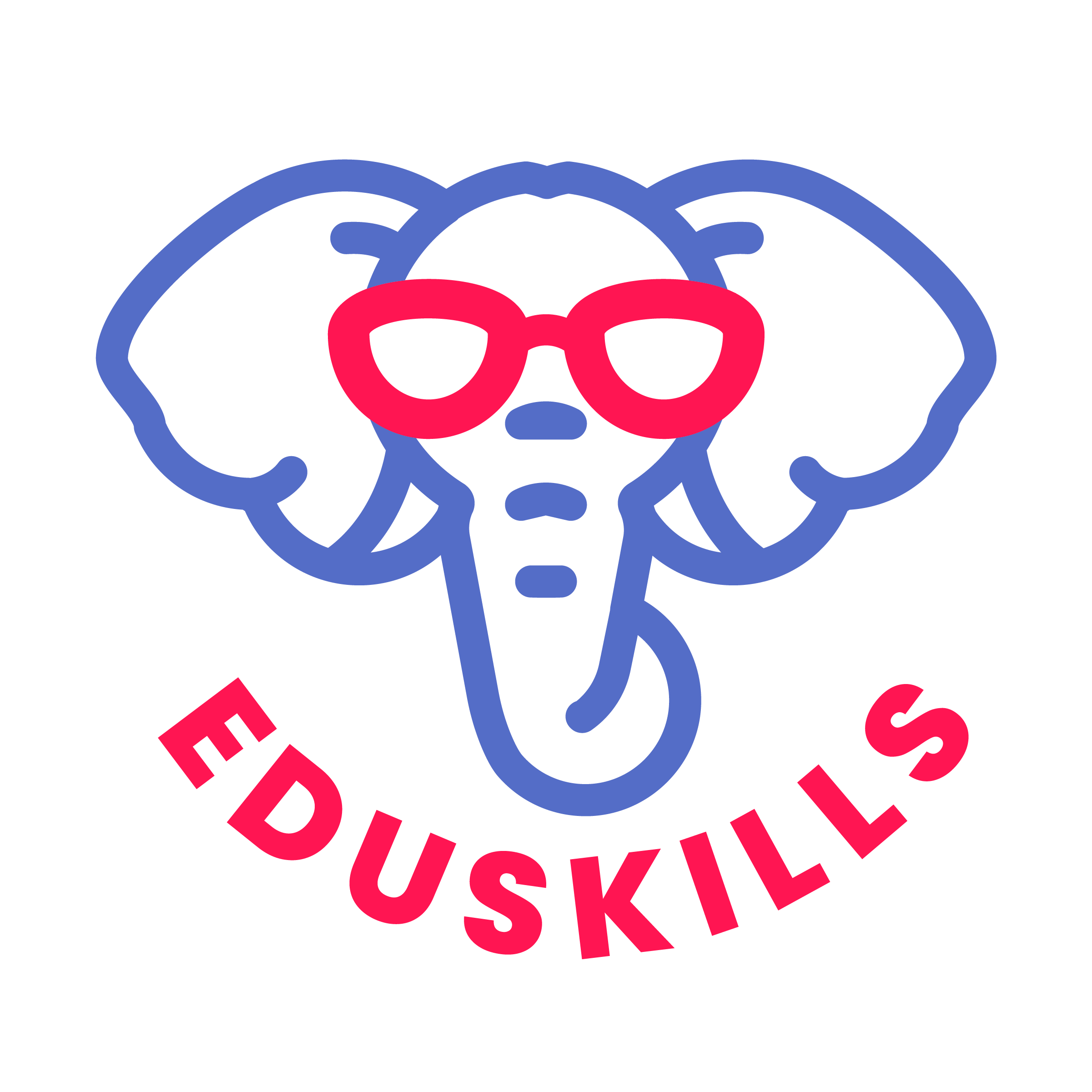By Laura McBride
Reading reform is everywhere.
And if you’re in the education space, chances are you’ve heard phrases like “structured literacy,” “phonics first,” or “back to the rope” more than once this summer.
The momentum around the Science of Reading (SoR) has reshaped district priorities and instructional practices across the country. At its core, this movement champions evidence-based literacy instruction rooted in research on how the brain learns to read. But for multilingual learners (MLs)—students navigating the dual task of learning a new language while learning to read—some foundational questions remain:
- What does research-based reading instruction really mean for students who are learning English?
- Can we follow the rope and still meet the needs of multilingual learners?
- Is it possible to find common ground between structured literacy advocates and multilingual experts?
The answer is yes, and the field is moving in that direction.
The Research Roots of the Science of Reading
The Science of Reading refers to a robust body of interdisciplinary research—spanning cognitive psychology, linguistics, neuroscience, and education—that explains how students learn to read. Foundational concepts like the Simple View of Reading (decoding × language comprehension = reading comprehension) and Scarborough’s Rope have shaped the SoR movement and emphasized structured, explicit instruction in:
- Phonological awareness
- Decoding/phonics
- Vocabulary
- Language comprehension
- Fluency
For many learners, these elements form a strong foundation. But for multilingual learners, applying these components requires more than direct transfer—it requires intentional adaptation.
Reading Research vs. Reading Reality
Much of the Science of Reading emphasizes explicit phonics and decoding. But as Dr. Claude Goldenberg, a leading voice in bilingual and multilingual education, reminds us: context matters—especially for multilingual learners. In a recent Substack post, Goldenberg reflects on the “great debate” around reading and urges educators to consider all the research, especially that which affirms the role of contextual meaning-making alongside phonemic awareness.
“I don’t believe any serious reading expert would claim that phonics instruction should be disconnected from meaning. The goal of reading is comprehension.” —Claude Goldenberg
This matters even more when students are navigating a second language. Reading instruction must go beyond word recognition to include oral language, background knowledge, vocabulary, and interactive opportunities—all of which allow multilingual learners to access meaning, not just sound out words.
EduSkills supports this broader vision by helping schools translate English Language Proficiency data into actionable scaffolds—building lessons that connect decoding with deep comprehension.
Why Oral Language Still Deserves the Spotlight
Oral language isn’t just a nice-to-have add-on to reading instruction—it’s a non-negotiable starting point for multilingual learners. As Lexia notes in this article, “oral language provides the foundation for all literacy development.” And for MLs, building that foundation requires more than casual conversation—it takes intentional planning.
Dr. Jana Echevarría, co-developer of the SIOP model and a long-time advocate for ELs, writes:
“Oral language development doesn’t happen by osmosis. Like everything else that is important to teach, it must be planned and structured with ample opportunities for students to speak using academic language.” (source)
Teachers must explicitly model language, build structured talk into lessons, and use scaffolds like sentence stems, partner talk, and guided practice. For MLs, oral language development is the bridge to both decoding and comprehension.
Where to Start
So how do we integrate this into instruction without overwhelming already full plates?
Start here:
- Plan with Language in Mind – Don’t bolt on scaffolds after the lesson. Start by identifying your content objective, then align a language objective that supports it. Think about the sentence structures, vocabulary, and interaction needed for success.
- Use Strategies that Prioritize Talk – Tools like QSSSA (Question, Signal, Stem, Share, Assess) go beyond a traditional “turn and talk” by structuring student engagement and increasing academic output. We briefly introduced this strategy in our earlier post on academic growth strategies, and we’ll explore it more deeply in an upcoming blog.
- Use Data to Target Support – EduSkills makes this easier. By using English Language Proficiency (ELP) data, teams can:
- See which domains (listening, speaking, reading, writing) need support
- Group students based on oral language proficiency
- Track growth over time and adjust instruction accordingly
Data turns oral language development from a vague goal into a targeted, trackable part of your program.
Toward a Shared Vision
The good news? There is growing momentum to unite the structured literacy and multilingual education communities. As Goldenberg states:
“Consensus can exist, but it won’t happen by itself. It must be constructed.”
EduSkills is committed to being part of that construction, helping school leaders, coaches, and teachers find clarity in the noise and implement instructional practices that are both research-aligned and linguistically responsive.
We don’t need to choose between phonics and oral language, between decoding and meaning. We can do both.
And our multilingual students deserve nothing less.
Looking Ahead
This article is the third post in our Summer Blog Series exploring the Science of Reading through a multilingual lens:
✅ May: What the Science of Reading Gets Right (and Wrong) for MLs
✅ June: Phonics Isn’t Enough—A Closer Look at Oral Language for MLs
📌 Stay tuned for a deeper dive into practical tools like QSSSA and more ways to align your literacy instruction with the realities of language learning.
And if you’re ready to turn your ML data into action—
→ Let’s connect.
Sources Cited
- Goldenberg, C. (2024). A Troubling Reading Issue. Claude Goldenberg’s Substack.
- Echevarría, J. (2024). Oral Language and ELs: The Elephant in the Classroom.
- Lexia Learning. (2023). The Importance of Emphasizing Oral Language With English Learners.
- Multilingual Learning Toolkit. (n.d.). Oral Language Strategies.
- Seidlitz Education. (2024). QSSSA: The Secret Ingredient to Language-Rich, Interactive Classrooms.




